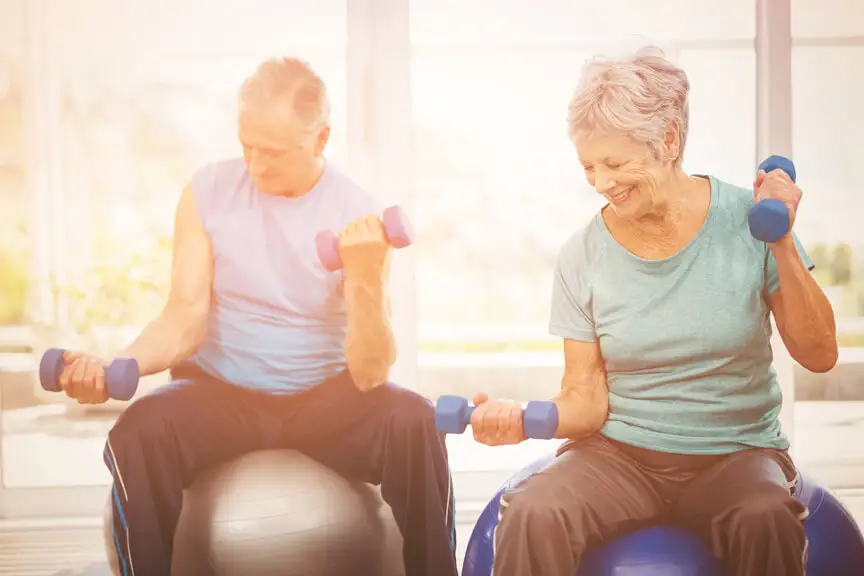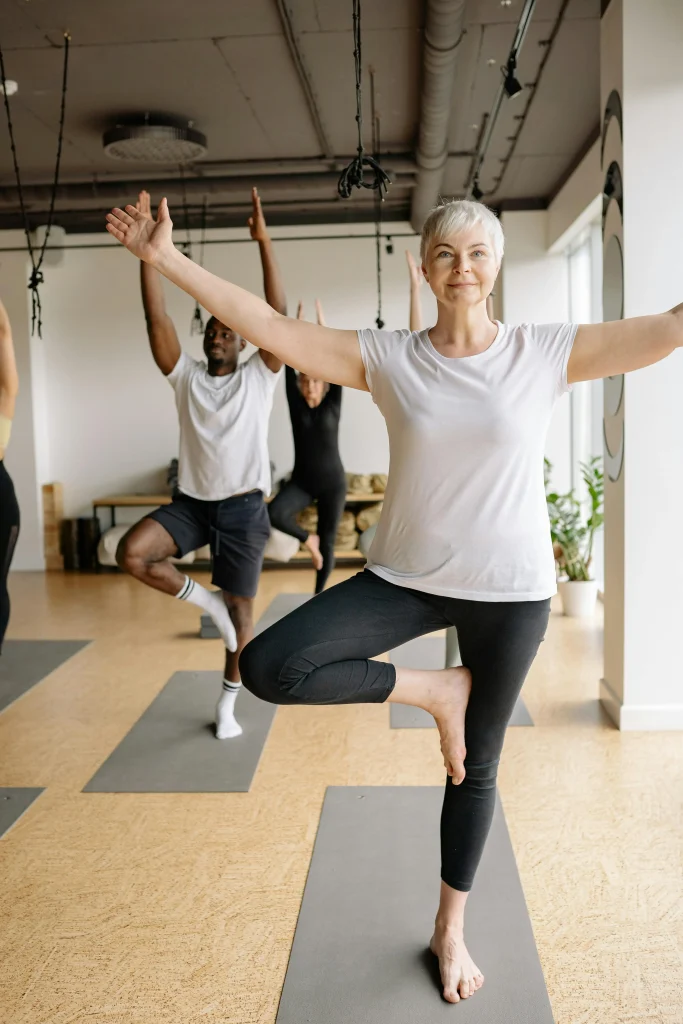
As we get older, staying active becomes one of the most important tools for maintaining independence, reducing injury risk, and staying healthy. One of the biggest concerns for older adults is falls- a leading cause of injury, hospitalisation and death. A simple fall can have serious consequences, including hip fractures, long hospital stays, and long-term loss of mobility. The good news is that exercise is one effective way to reduce the risk of falls, improve strength, and keep the body functioning well.
Why Exercise Matters for Fall Prevention
Falls often happen due to a combination of factors: reduced muscle strength, slower reflexes, poor balance, stiffness, and decreased confidence with movement. Regular exercise helps address these factors.
Strengthening the legs, improving balance, and training the body to respond quickly to changes in position all contribute to staying safer and steadier on your feet. Exercise doesn’t just make you stronger- it helps you move with more control, react faster, and feel more stable day-to-day.
Types of Exercises That Help
There is no single “best” exercise for older adults. The most important thing is that the exercises are performed consistently which is why personal preference is important.
Here are some of the most effective forms of exercise:

Resistance Training
Building muscle strength is essential for staying mobile and steady. Strong legs and hips help
with walking, stairs, getting out of chairs, and preventing falls. Resistance training can be done
with bodyweight, dumbbells, machines, or resistance bands.
Balance Training
Exercises that challenge balance — such as standing on one leg, stepping drills, or wobble-board work — help the body stay steady and improve coordination. Better balance means fewer falls.
Power Training
This focuses on moving with speed, not just strength. Training the ability to react quickly helps you catch yourself if you trip or lose balance. Power exercises can be simple, such as faster sit- to-stands or mini step-ups.

Plyometric-Style Exercises (in a safe, controlled way)
For some older adults, low-level plyometric work like small hops or quick directional steps can help train the body to respond to sudden changes in position.
Tai Chi and Yoga
Tai Chi is excellent for improving balance, control, coordination, and confidence. Similarly, yoga helps improve flexibility, balance, joint mobility, and overall strength. It can also help with posture, breathing, and body awareness. Research shows that both of these forms of exercise can reduce the risk of falls in older adults.
Summary
Although exercise plays a major role in reducing falls, it’s only one piece of the puzzle. Factors such as vision problems, poor footwear, low bone density, health conditions, vitamin D deficiency, and an unsafe home environment can all raise the risk of falling. Even fear of falling itself can limit movement and increase vulnerability. Addressing these areas alongside an exercise program provides a more complete approach to staying safe and independent.
If you’re unsure where to start, a physiotherapist can help design a program that matches your abilities, goals, and health needs – keeping you active and reducing your risk of falls in the long term.

